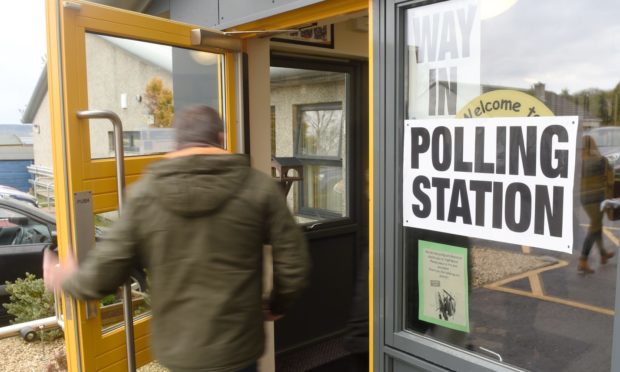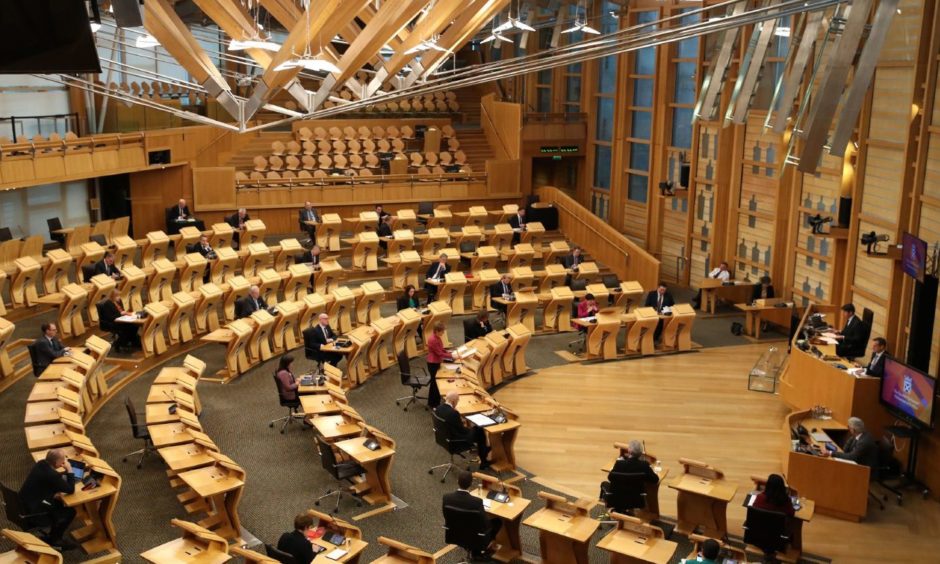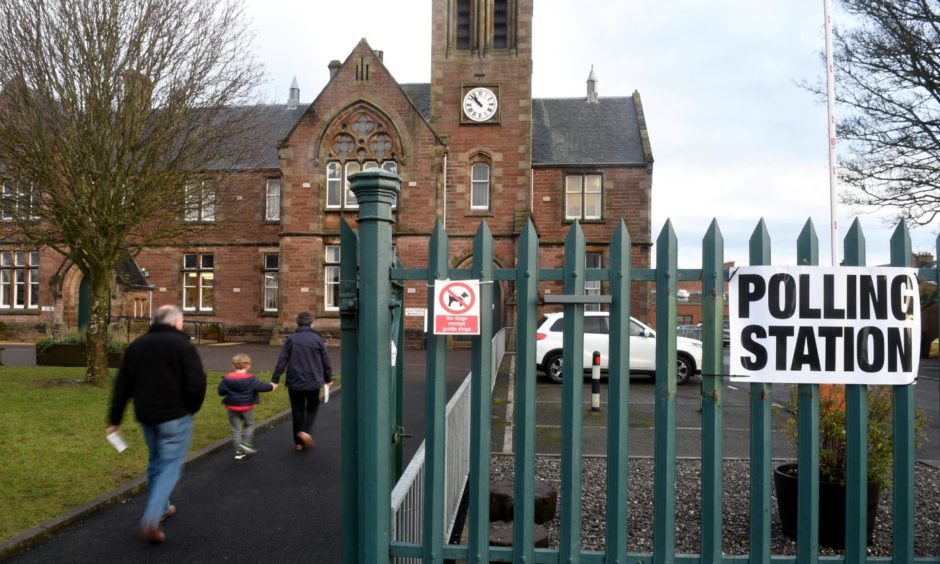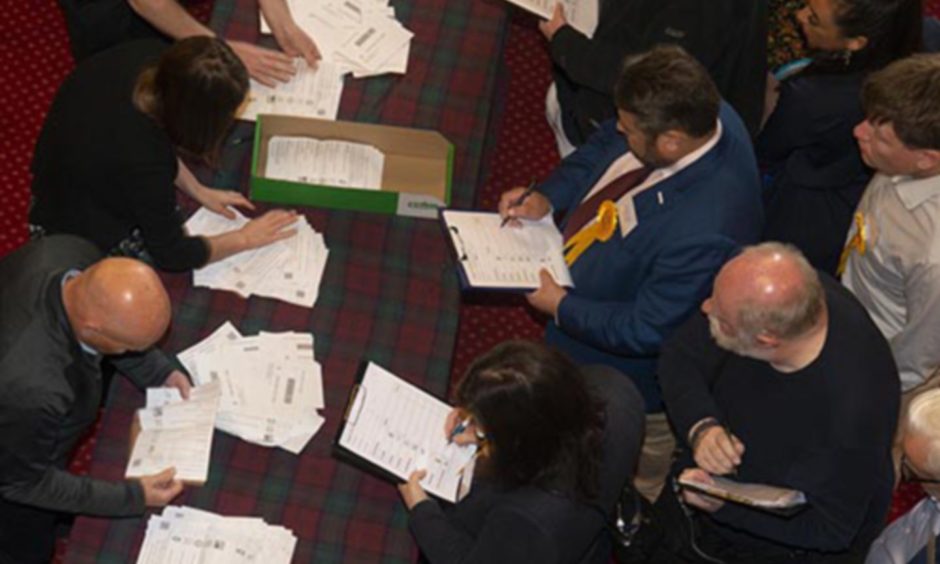Scottish electoral officials believe more than two million people could register for a postal vote ahead of May’s Holyrood election but there are concerns a completely mail-in ballot could disenfranchise upwards of 1.5 million voters.
The Scottish Government has said it expects the next Scottish Parliament election to take place as planned on May 6 and has pledged an extra £3 million to help staff deal with a surge in postal votes because of the coronavirus pandemic.
Fewer than a fifth (18%) of Scots were registered to vote by post last year but the Electoral Commission believes that could rise to as high as 68% in the coming months with ongoing restrictions casting doubt over in-person voting.
Two recent opinion polls of Scottish voters carried out by the Commission showed that of those who do not usually vote by post, 77% thought polling stations would be safe with appropriate measures but only 53% wanted to vote in person.
Some 38% of these voters said they would prefer to vote by post and 1% by proxy.
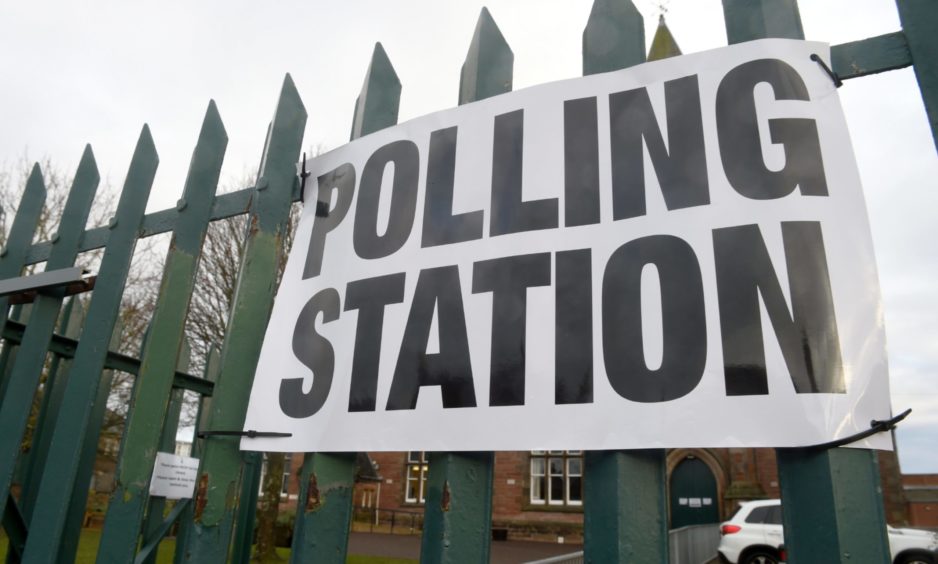
The findings have caused alarm, with concerns over the scale and cost of registering and verifying all of those new postal voters, printing and sending out their ballot papers and then validating their vote in time for election day.
The Electoral Commission also believes around 3-5% of the ballots could be spoiled by voters incorrectly filling out the forms, potentially invalidating up to 135,000 votes.
How does postal voting work?
Anyone can apply to vote by post and people don’t need to give a reason.
But to vote in May’s election, either at a polling station, by post, or by appointing someone you trust to vote on your behalf as your proxy, the first step is to register to vote. It only takes about five minutes and can be done online.
To apply for a postal vote, you will need to complete a postal vote application form and send it to your local Electoral Registration Office. The office will also be able to tell you if you already have a postal vote.
If you’re an overseas voter, you will need to include on the form the address where you were last registered to vote in the UK.
Ballot papers are produced, printed and sent out after the deadline to become a candidate in the election has passed, usually around three weeks before polling day, although this could change because of the pandemic.
The completed postal ballot can be returned at any post box and if the person filling it in is unable to take it themselves, they can ask someone they trust or contact their local authority to ask them to collect it.
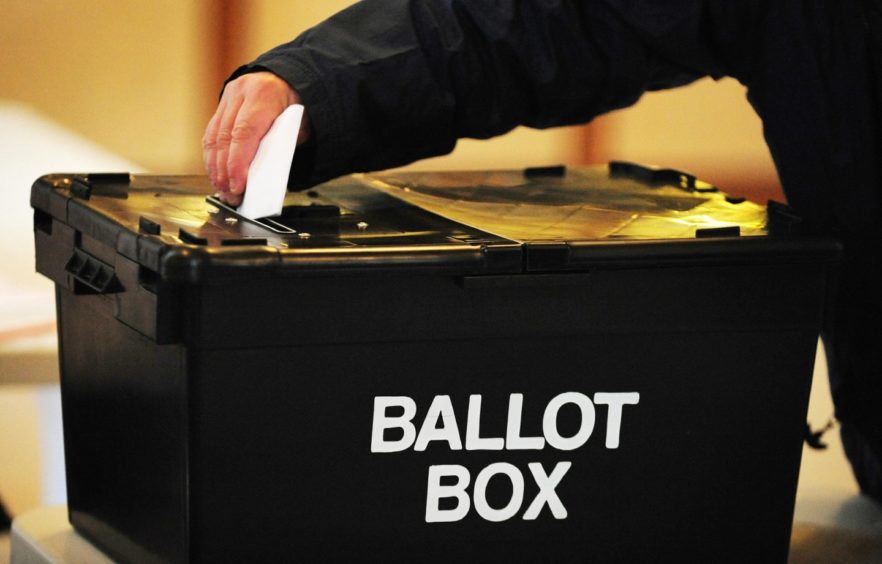
The form needs to be with the local authority by 10pm on polling day to be counted but it can be taken to a polling station or to the local authority directly on the day of the vote if it cannot be returned in time.
You can also apply to vote by proxy, where you appoint someone to vote on your behalf, either in person or by post. To apply for a proxy vote, you have to complete a form and give a reason why you can’t get to your polling station in person.
Is it safe to vote by post?
Proven cases of fraud using postal ballots are rare and those voting by post are asked to provide their date of birth and signature, which is then checked against the same information provided when applying.
Signatures and dates of birth are then separated from ballot papers before they are looked at or counted to ensure this information does not affect the secrecy of the vote.
Returning Officers are putting arrangements in place to ensure polling places are safe and it is likely many of the measures introduced in shops and banks, such as social distancing and hand sanitiser, will be used.
Guidance around whether people will be asked to bring their own pen or pencil is still being developed but you are entitled to bring your own, anyway.
Further guidance around what will happen if an individual needs to self-isolate or an area goes into lockdown on polling is expected to be published ahead of the vote.
Could the election be delayed?
The Scottish Government has already brought forward legislation to deal with the impact Covid-19 could have on May’s election.
Proposals set out in the Scottish General Election (Coronavirus) Bill could mean the ballot takes place over more than one day or is postponed by up to six months.
It states: “If the Presiding Officer considers it necessary or appropriate for any reason to do so, the Presiding Officer may fix a day that is after May 6 2021 for the holding of the poll for the 2021 election.”
As a contingency plan, the Scottish Parliament’s official dissolution has also been postponed until May 5, rather than late March, to allow MSPs to reconvene for an emergency session if last-minute changes need to be made to the election.
The decision to delay dissolution of parliament for six weeks is expected to cost an additional £265,000 for the salaries of retiring members.
An election by post?
Another section of the Bill relates to the “power to provide for all-postal vote”.
It states: “The Scottish Ministers may by regulations provide that the poll at the 2021 election is to be held solely by means of postal voting.”
The Electoral Commission told Holyrood’s Standards, Procedures and Public Appointments Committee in November that holding the vote entirely by postal vote would be a “last resort” and would “trigger consideration of a delay”.
Concerns have been raised about an all-postal ballot disadvantaging those already least likely to vote, as well as problems with people filling out the forms correctly.
An earlier deadline for postal vote applications of April 6 rather than April 20, to give more time for ballots to be processed, has also been introduced.
